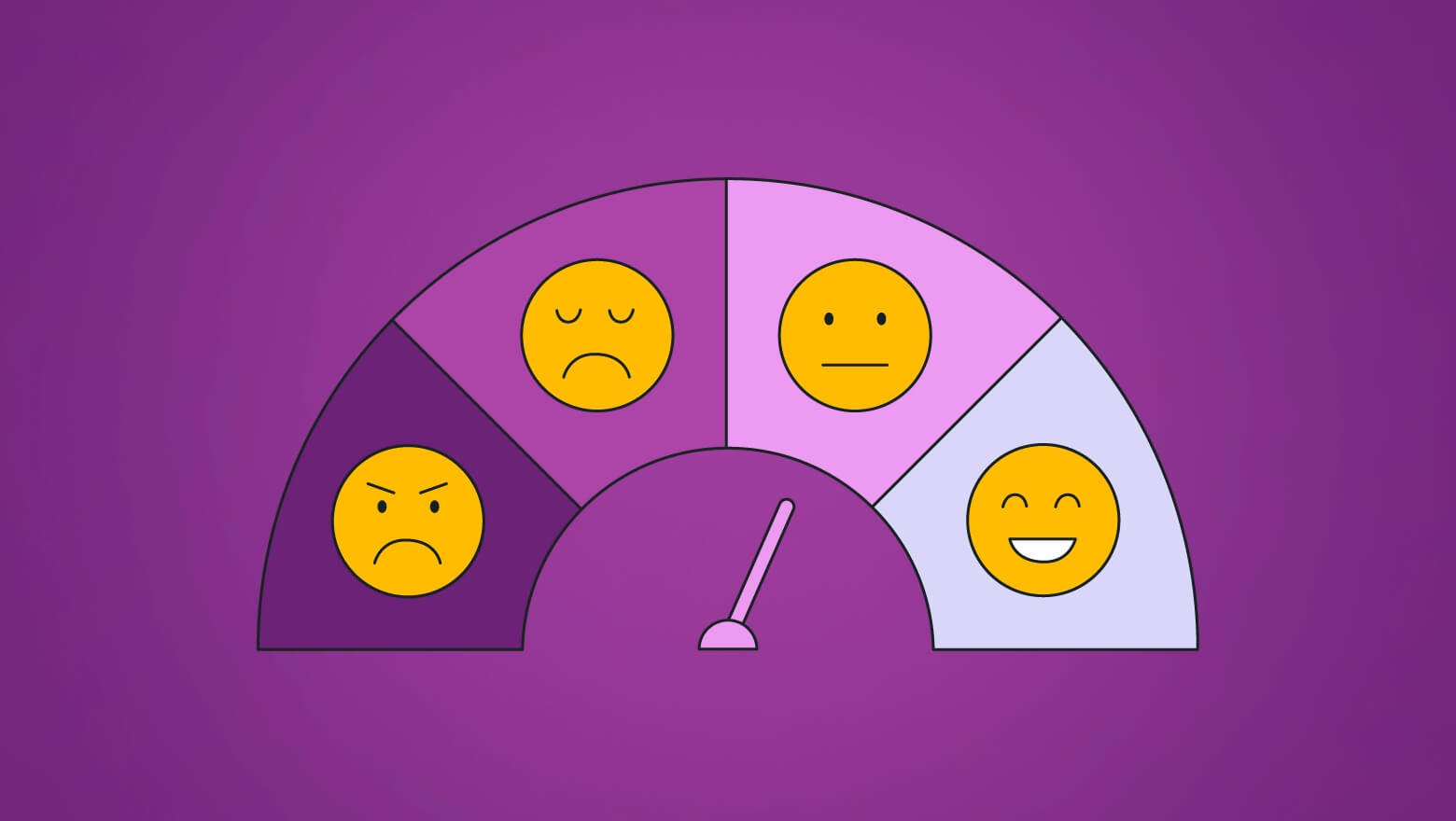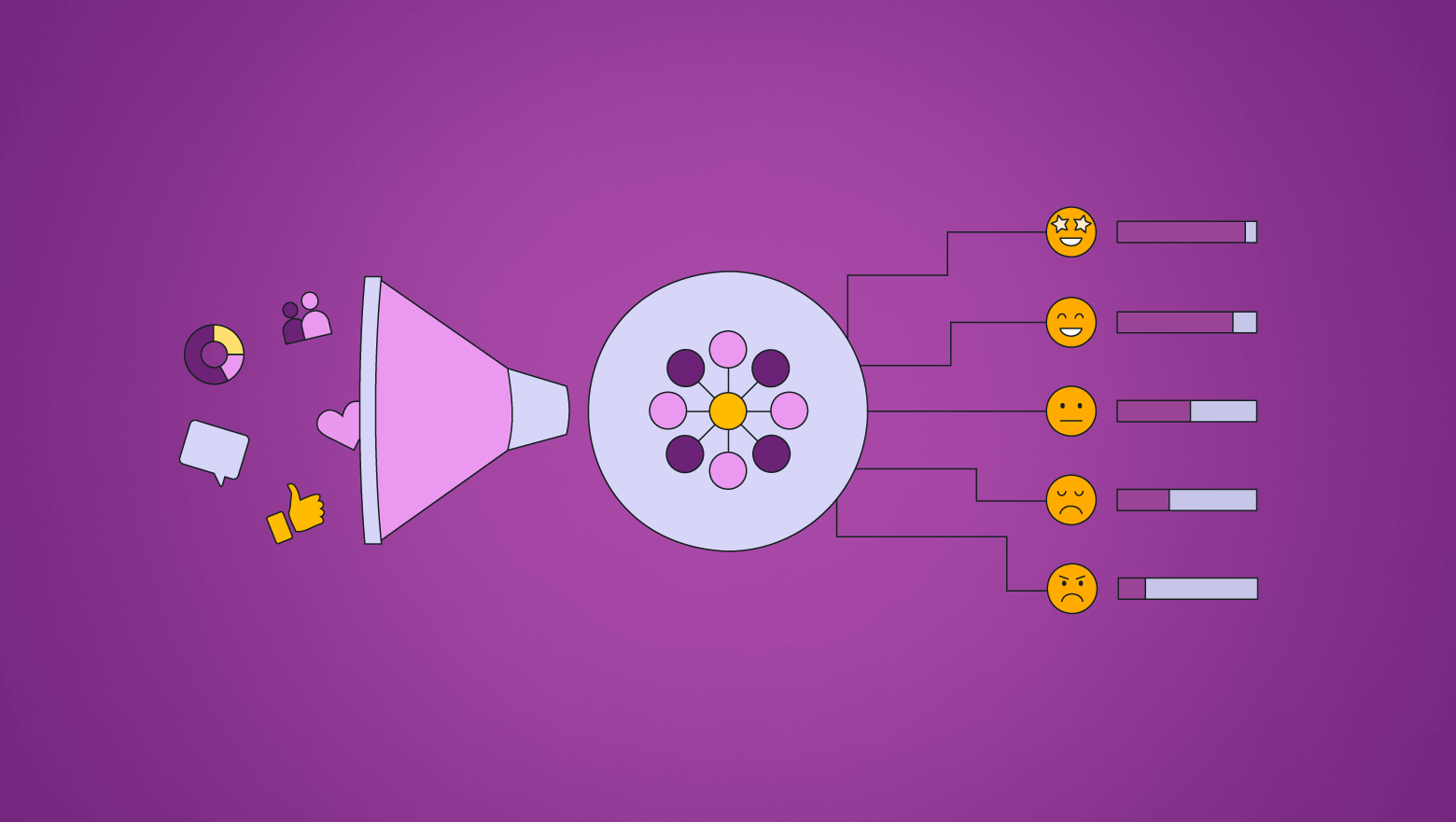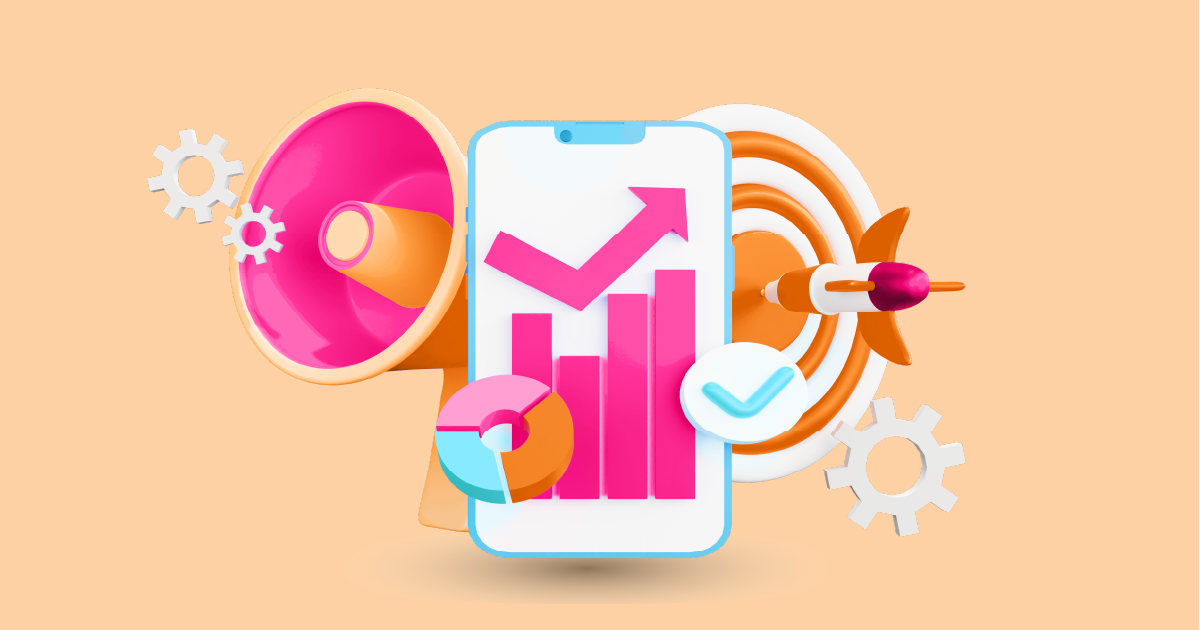In today’s fast-paced digital world, understanding how your brand is perceived by your audience is crucial. This is where brand sentiment tools come into play. These tools help businesses gauge the public’s feelings and opinions about their brand, products, and services. But what exactly are brand sentiment tools, and why are they so important?
Key Features of Brand Sentiment Tools

1. Sentiment Analysis
Sentiment analysis is the core feature of brand sentiment tools. It uses natural language processing (NLP) to determine whether the sentiment behind a piece of text is positive, negative, or neutral.
2. Social Media Monitoring
These tools monitor social media platforms to track brand mentions and analyze the sentiment behind them. This is essential for understanding how your brand is perceived in real-time.
3. Customer Feedback Analysis
Analyzing customer feedback helps businesses understand what their customers like or dislike about their products or services. This feedback can be gathered from surveys, reviews, and direct customer interactions.
4. Competitor Analysis
Brand sentiment tools can also analyze your competitors’ sentiment. This helps you understand how you stack up against them and identify areas for improvement.
5. Real-time Reporting
Real-time reporting allows businesses to quickly respond to changes in sentiment. This is particularly important for managing crises and capitalizing on positive trends.
Understanding Brand Sentiment
1. Definition of Brand Sentiment
Brand sentiment refers to the emotional tone behind the mentions and conversations about your brand. It is a measure of how positively or negatively people feel about your brand.
2. How Brand Sentiment Impacts Business
The sentiment around your brand can significantly impact your business. Positive sentiment can lead to increased customer loyalty and higher sales, while negative sentiment can harm your reputation and affect your bottom line.
Benefits of Using Brand Sentiment Tools
1. Improved Customer Engagement
By understanding customer sentiment, businesses can tailor their engagement strategies to better meet their audience’s needs and preferences.
2. Better Crisis Management
Identifying negative sentiment early allows businesses to address issues before they escalate, thus managing crises more effectively.
3. Enhanced Marketing Strategies
Sentiment analysis provides insights into what resonates with your audience, enabling you to craft more effective marketing campaigns.
4. Increased Customer Loyalty
Responding to customer feedback and showing that you care about their opinions can significantly boost customer loyalty.
Top Brand Sentiment Tools in 2024
Tool 1: AIM Insights
AIM Insights offers comprehensive sentiment analysis and social media monitoring, making it a powerful tool for understanding brand perception.
Tool 2: Hootsuite Insights
Hootsuite Insights provides detailed sentiment analysis and integrates seamlessly with other Hootsuite tools for a holistic approach to social media management.
Tool 3: Sprout Social
Sprout Social combines social media monitoring, sentiment analysis, and customer engagement tools to help businesses build stronger relationships with their audience.
Tool 4: Mention
Mention allows businesses to track brand mentions across various platforms and analyze the sentiment behind them, providing valuable insights into public perception.
Tool 5: Talkwalker
Talkwalker offers advanced sentiment analysis, real-time alerts, and comprehensive reporting features, making it a top choice for brands looking to stay ahead of the curve.
How to Choose the Right Brand Sentiment Tool
1. Assessing Your Needs
Consider what features are most important to your business, such as social media monitoring, customer feedback analysis, or competitor analysis.
2. Budget Considerations
Brand sentiment tools can vary widely in price. Determine your budget and look for tools that offer the best value for your money.
3. Ease of Use
Choose a tool that is user-friendly and requires minimal training for your team to get up and running.
4. Integration Capabilities
Ensure the tool can integrate with your existing systems and platforms to streamline your workflows and maximize efficiency.
Implementing Brand Sentiment Tools in Your Strategy
1. Setting Goals
Define clear goals for what you want to achieve with brand sentiment analysis, such as improving customer satisfaction or enhancing your marketing efforts.
2. Training Your Team
Provide adequate training to your team to ensure they understand how to use the tool effectively and interpret the data accurately.
3. Analyzing Data
Regularly analyze the data provided by the tool to gain insights into your brand’s sentiment and identify trends over time.
4. Adjusting Strategies Based on Insights
Use the insights gained from sentiment analysis to adjust your marketing, customer service, and overall business strategies to better meet your audience’s needs.
Challenges and Solutions
1. Data Overload
With the vast amount of data generated, it can be overwhelming to sift through it all. Prioritize the most relevant data and use filters to manage the influx.
2. Accuracy of Sentiment Analysis
Sentiment analysis is not always 100% accurate. Combine automated analysis with human oversight to improve accuracy.
3. Integration Issues
Ensure your chosen tool integrates smoothly with your existing systems to avoid disruptions.
4. Keeping Up with Trends
Stay updated on the latest trends and updates in brand sentiment analysis to ensure your strategies remain effective.
Case Studies of Successful Brand Sentiment Analysis
Case Study 1: Coca-Cola
Coca-Cola used sentiment analysis to understand customer preferences and tailored their marketing campaigns accordingly, leading to increased engagement and sales.
Case Study 2: Nike
Nike leveraged brand sentiment tools to monitor and respond to customer feedback in real-time, enhancing their reputation and customer loyalty.
Case Study 3: Apple
Apple utilized sentiment analysis to identify and address customer pain points, resulting in improved customer satisfaction and product development.
Future Trends
1. AI and Machine Learning Advances
Advancements in AI and machine learning will lead to more accurate and nuanced sentiment analysis.
2. More Granular Sentiment Analysis
Future tools will offer more granular insights, allowing businesses to understand the nuances of customer sentiment better.
3. Predictive Analytics
Predictive analytics will enable businesses to anticipate changes in sentiment and take proactive measures.
Conclusion
Understanding brand sentiment is crucial for any business looking to thrive in today’s competitive landscape. By leveraging brand sentiment tools, you can gain valuable insights into how your brand is perceived, improve customer engagement, and enhance your marketing strategies. Choose the right tool, implement it effectively, and stay ahead of trends to make the most of your brand sentiment analysis efforts.
Ready to see how brand sentiment analysis can transform your business? Request a demo from AIM Technologies today and discover the power of advanced sentiment tools tailored to your needs.
FAQs
What is the difference between brand sentiment and brand reputation?
- Brand sentiment refers to the emotional tone behind the mentions of your brand, while brand reputation encompasses the overall perception of your brand based on various factors, including sentiment, quality, and customer experiences.
How often should I monitor brand sentiment?
- It’s recommended to monitor brand sentiment continuously or at least on a weekly basis to stay updated on any changes and respond promptly.
Can small businesses benefit from brand sentiment tools?
- Absolutely! Small businesses can gain valuable insights from brand sentiment tools, helping them understand customer preferences and improve their products or services.
Are brand sentiment tools expensive?
- The cost of brand sentiment tools varies. Some offer affordable plans for small businesses, while others provide more comprehensive features at a higher price point.
What are some common mistakes to avoid when using brand sentiment tools?
- Common mistakes include relying solely on automated analysis without human oversight, not acting on the insights gained, and failing to integrate the tool with other business systems.




